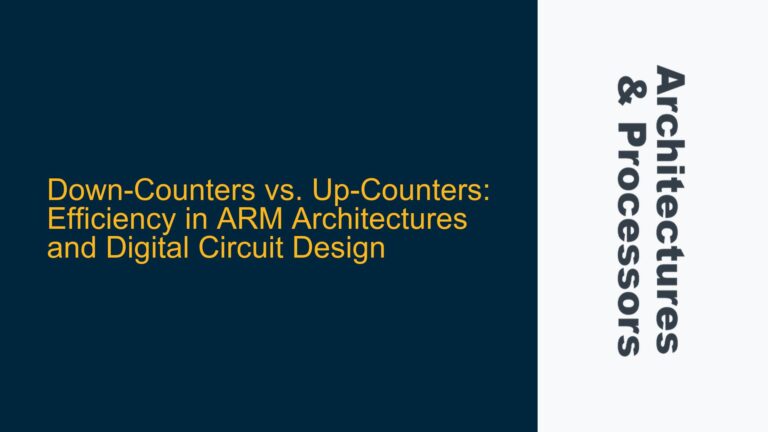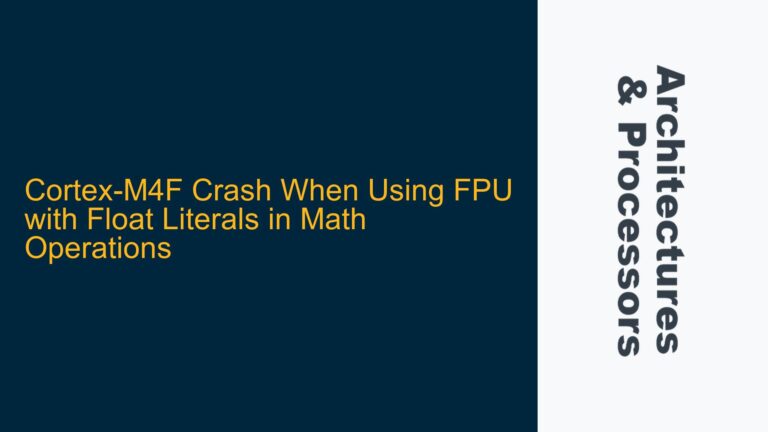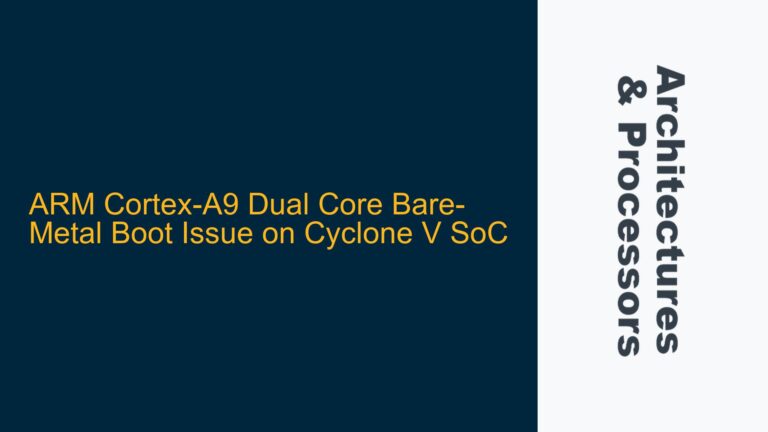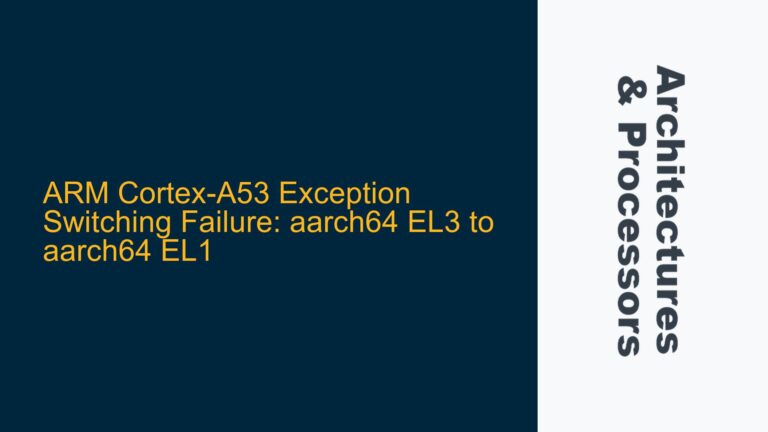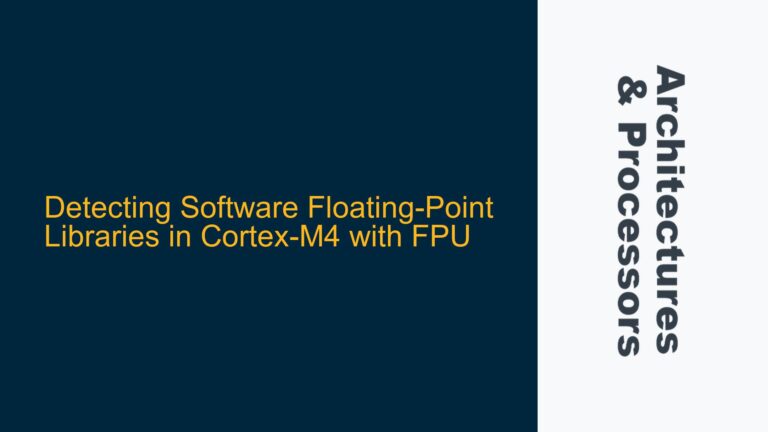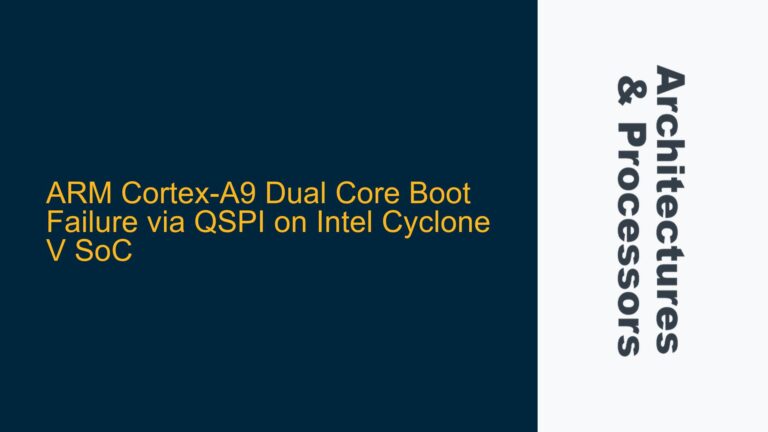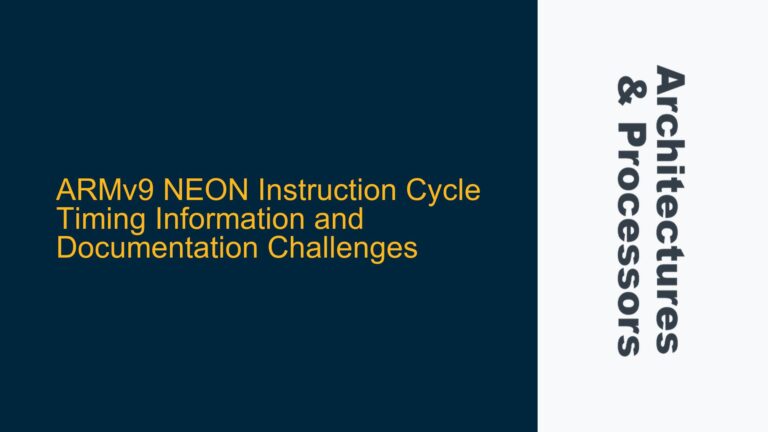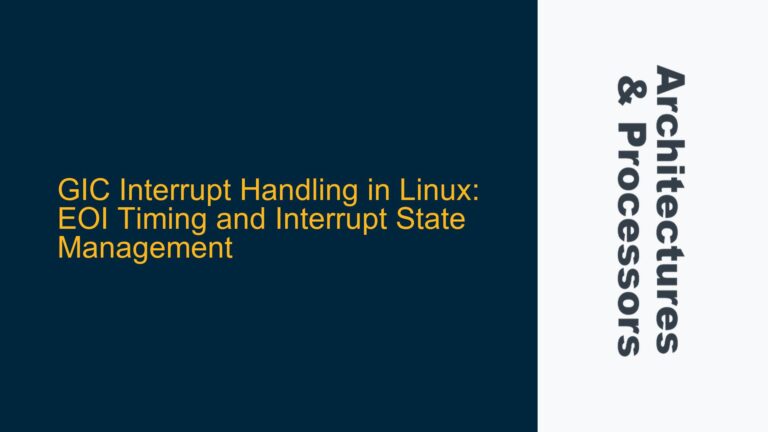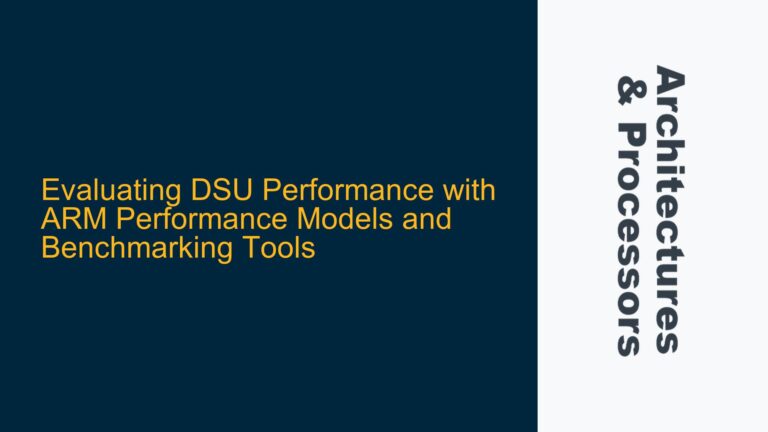Down-Counters vs. Up-Counters: Efficiency in ARM Architectures and Digital Circuit Design
ARM Cortex-M Timers and the Prevalence of Down-Counters In ARM Cortex-M microcontrollers, timers are a critical component for real-time operations, task scheduling, and peripheral control. A notable design choice in these systems is the use of down-counters rather than up-counters. This preference is rooted in both software efficiency and hardware optimization. Down-counters, which decrement from…
